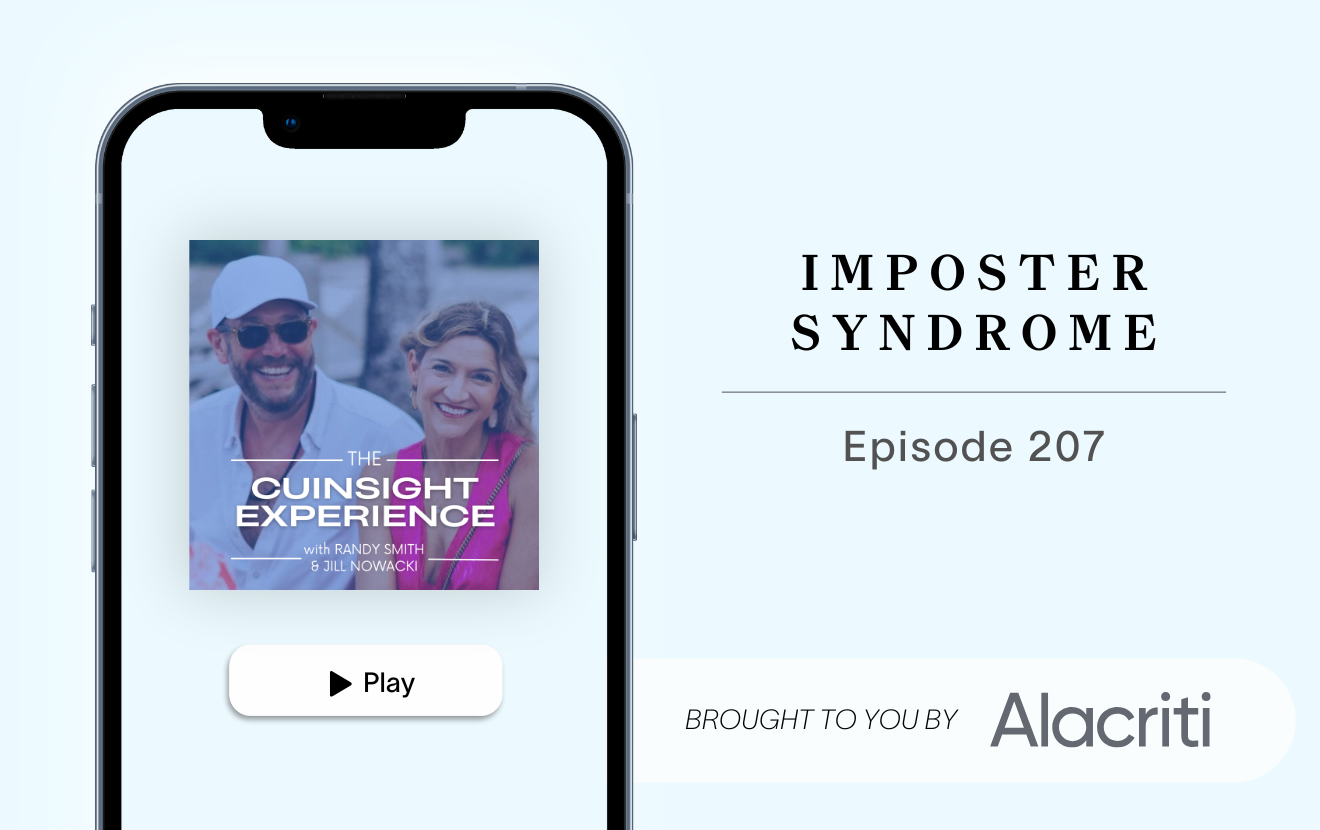If credit unions were asked to identify their most important industry-centric contribution to members and communities many would answer, “financial literacy.” Educating members and others on important personal finance topics is arguably the best example of how credit unions live up to their nonprofit status. It’s a clear example of applying expertise to serve the community-at-large.
Delivering financial education, though, can take many forms and if you’re going to get it right, there are missteps you need to avoid.
Mistake #1: Being a “Tease”
Personal finance is multi-dimensional. It’s deep. You can’t deliver a meaningful financial literacy program that delves into the variety of personal finance topics in a short 2-hour session. You may be able to pique a student’s interest with a brief financial literacy “tease,” but if you leave them without their interest satisfied, what real good have you done?
A financial education program has to incorporate most aspects of our personal financial world or it will come up short. As Financial Behaviorist Jacquette Timmons says about the typical approach to financial literacy, “It doesn’t work because it’s not holistic.”
Real financial education takes time. Not an unreasonable amount of time, but it takes a structured, ever-broadening approach. When introducing students to money management, borrowing, career choices, entrepreneurship, investing, financial services, and insurance you need more than a quick “hit & run” strategy even when the program is structured to cover the most basic of topics. Take the time to do it right. If you must, tease to raise interest levels, but have plans in place to complete the job.
Mistake #2: Ignoring Relevance
Have you ever attended a course that left you thinking, “Who cares?” Nothing kills enthusiasm like irrelevance.
From a student’s perspective, the most attractive factor financial education has going for it is its relevancy to their daily life. A high school student engaged with a credit union-sponsored financial literacy program recently put it this way, “It taught me so much that other classes didn’t… about real life as opposed to x + y.” When you’re a young student, it can be difficult to link classroom subject matter directly to your life. That should never happen with financial education offerings.
Financial matters are interwoven into our lives from a very early age so opportunities abound to link financial literacy to how we lead our lives and how we can improve our future lives. Use lesson plans that incorporate students’ lives into the subject matter, have students perform life simulations like the Stock Market Game™, encourage them to engage in actual entrepreneurial projects and you’ll strike responsive chords that make lessons stick.
Mistake #3: Overlooking Resources
But how, you ask, can a credit union coordinate a multi-session financial literacy program that delivers true life-changing skills? Especially if you are a small, emerging credit union? Use the resources available to you.
To bring your financial literacy offering to life you need to gather the tools and resources available to you to reach your goal of creating financially astute, successful young adults.
Start with professional educators.
Teachers are trained to educate. Just as skilled musicians are able to play sheet music, educators can effectively deliver well-developed lesson plans. That’s what they do day-in, day-out. What you need to do is supply those lesson plans. And those plans are freely available.
Schools offer resources like classrooms with computers so students can play the Stock Market Game™, they host after-school activities for a variety of clubs or they have time set aside during the school day when clubs meet. Convince school administrators you can help them make good use of those resources.
Partnering with your educator resource and using your financial education lesson plans as a base, spice up presentations with your own in-house resources - guest speakers who possess expertise on topics like responsible borrowing, identity theft, or investing. Students and teachers alike enjoy the fresh perspectives of working professionals sharing what they know best
Schools across the nation are waiting for you to approach them. There are turnkey, no-cost financial education programs available for credit unions. Use those resources, avoid teasing students with programs that stop shy of delivering true personal finance skills, and leverage the true relevance inherent in those skills.







